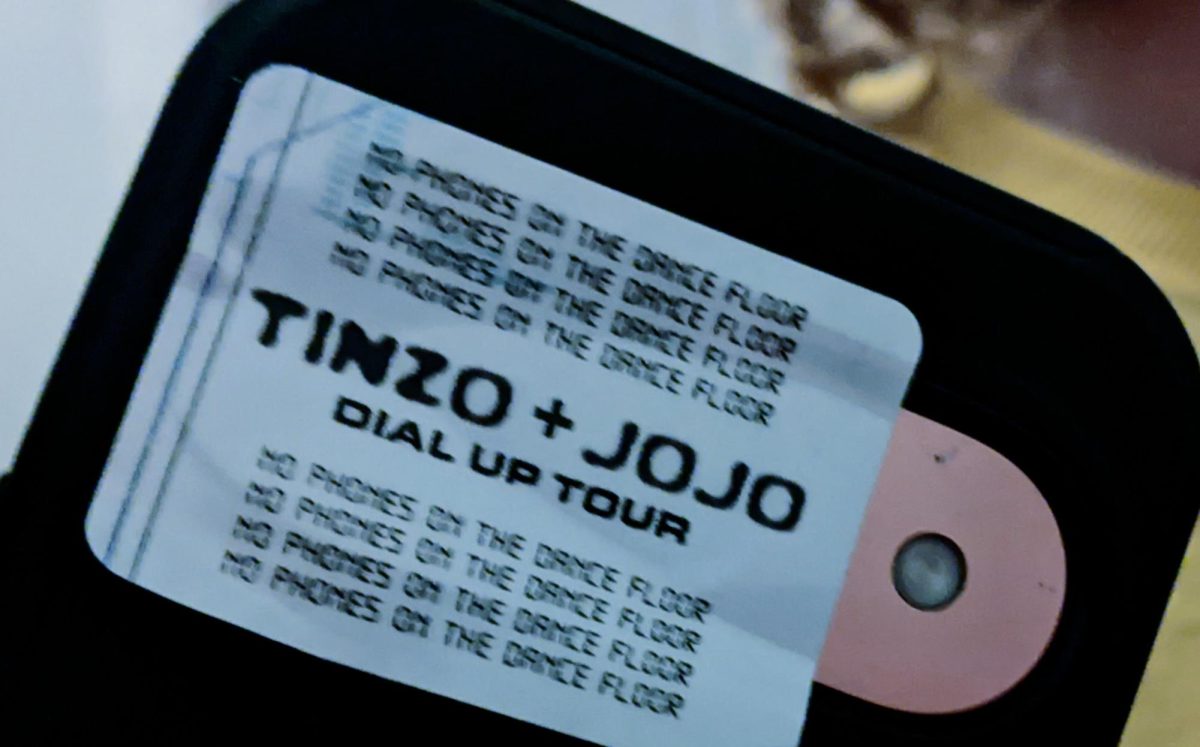I was first introduced to Marvin Gaye when my dad bumped the oldies station in his Honda Civic while driving me to school as a kid. When Marvin came on, he always turned the radio up just a little bit, singing along to “I Heard it Through the Grapevine” and “Ain’t No Mountain High Enough.” My mom loved his duets with Tammi Terrell (and in my mind there’s still no musical pairing that had better personal and vocal chemistry), so his music was a staple on our family road trips, where mom would belt out “The Onion Song” at the top of her lungs (in retrospect, I preferred my dad’s rendition of Gaye’s tunes. Sorry, mom.). Though far removed from my generation, it was clear to me that there was something special about Gaye’s music.
Fast forward 15 years or so: had Marvin Gaye not been untimely shot by his father this week in 1984, one day before his 45th birthday, he would have turned 75 on April 2nd. But his legacy far outlasts his lifetime, because no other R&B heavyweight wore their heart on their sleeve like Gaye did. Gaye was a deeply troubled man — he attempted suicide three times, and was plagued by drug addiction, financial troubles, and unrequited and failed love. His pain made his music sweeter, injecting a heavy dose of catharsis into his pathos-driven testimonies of love and loss, brief moments punctuated by joy (his 1969 hit “Too Busy Thinking About My Baby” caught him in the midst of ecstasy and good loving) and deep depressions leaving Gaye with no other option than to bare his bruised, broken soul to his millions of fans (his 1978 classic “Here, My Dear,” is the funkiest, most thorough breakup album every made). And though most fans don’t know the extent of his woes, it’s his music that he should be remembered for.







